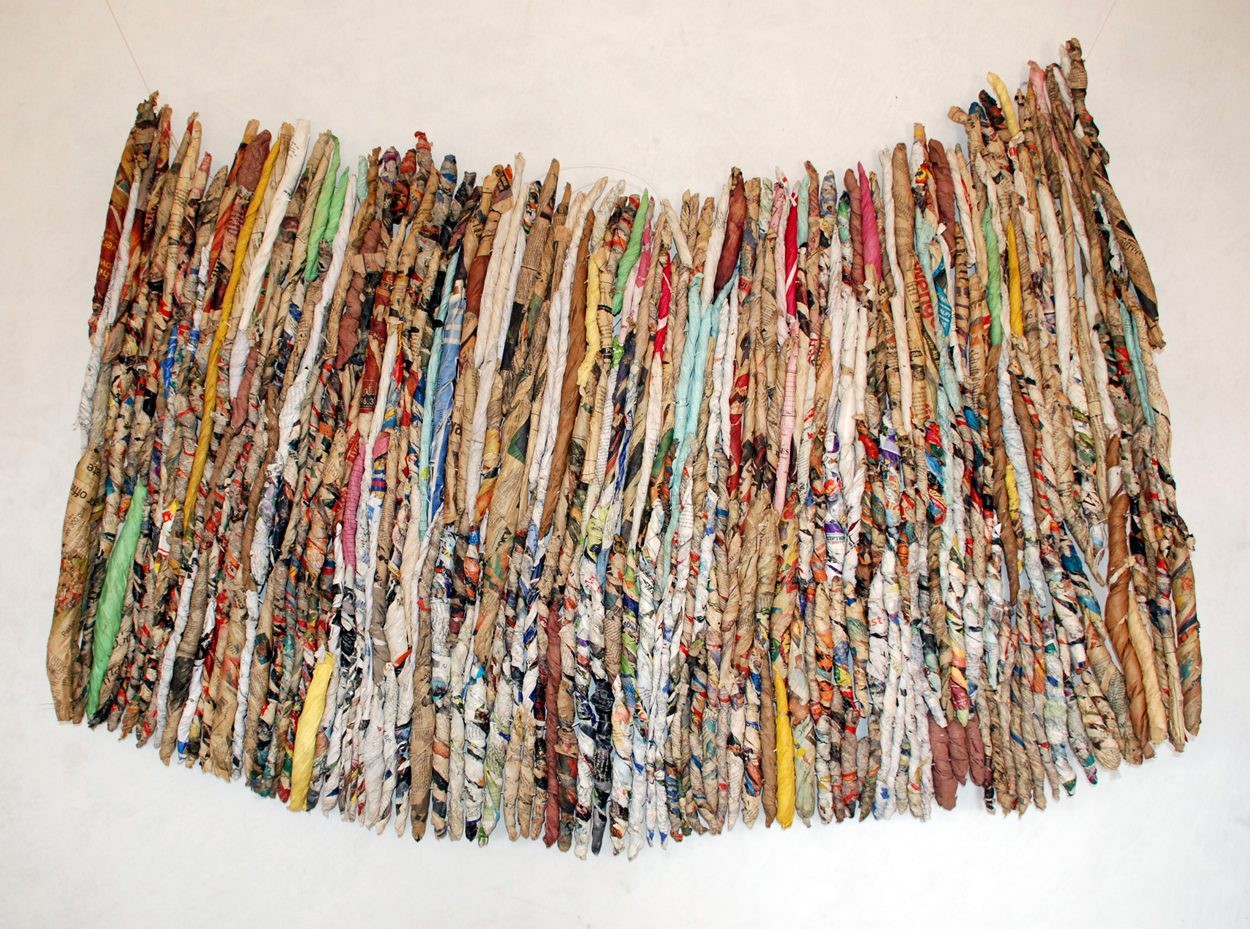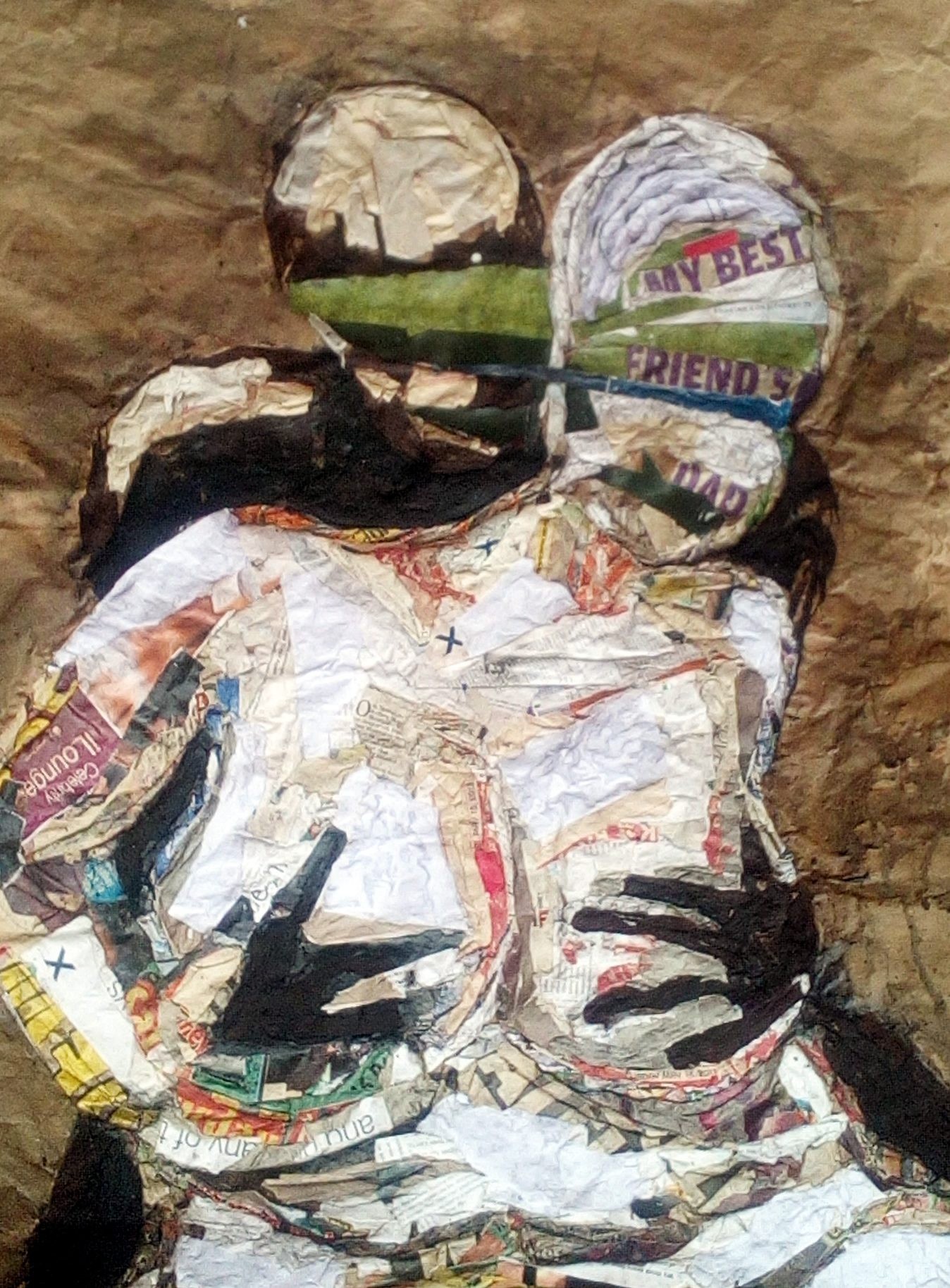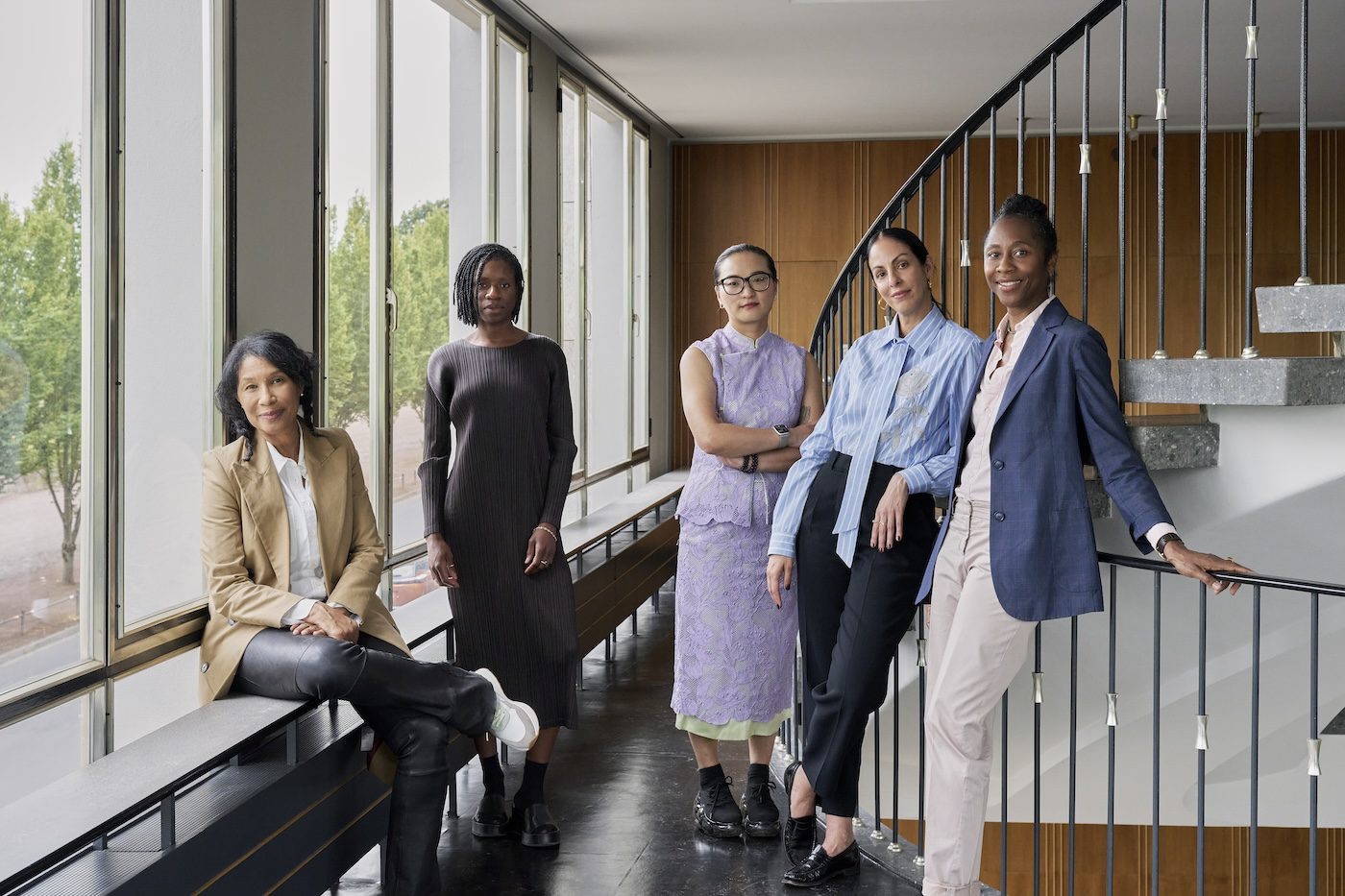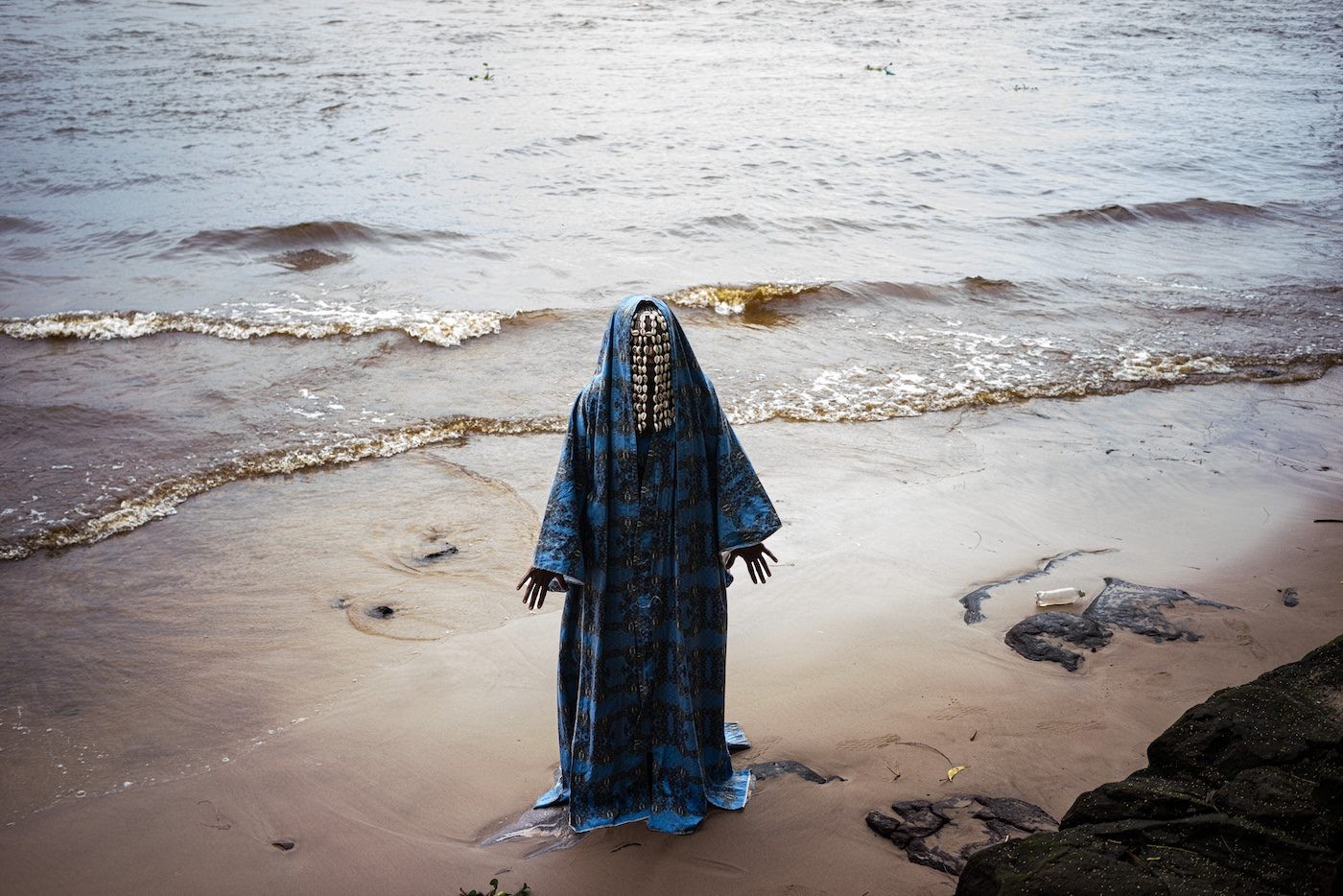Daily Life into Art

23 September 2016
Magazine C& Magazine
6 min read
C& talks to Sheila Nakitende, participating artist of the Kampala Art Biennale 2016: Seven Hills. . C&: Did you have any kind of artistic influences in your childhood? Sheila Nakitende: Yes, my mother, Ms. Mary Teddy Kabuye, a retired banker with artistic skills such as drawing, knitting, and weaving;, my sister, Sandra Namakula, a travel …
C& talks to Sheila Nakitende, participating artist ofthe Kampala Art Biennale 2016: Seven Hills.
.
C&: Did you have any kind of artistic influences in your childhood?
Sheila Nakitende: Yes, my mother, Ms. Mary Teddy Kabuye, a retired banker with artistic skills such as drawing, knitting, and weaving;, my sister, Sandra Namakula, a travel consultant whose drawings as a child inspired me; and my aunt, Dr. Rose. Namubiru Kirumira, a renowned sculptor in Uganda who has continued to mentor and motivate my practice. While growing up, I also drew on artistic interests and adaptations from my surroundings such as games and music.
C&: In recent years your paintings have moved into abstraction. Why? And what are your inspirations for this form?
SN: Apart from painting, I do performance art and installation. Using recycled paper, oil pastel, ash and charcoal, I draw, glue, twist and weave papier-mâché. This experimenting with materials feeds into my style and art forms. The paintings counteract challenges I go through as a female artist practicing in an environment that restricts freedom of expression. I am inspired by the need to challenge myself with this form by incorporating my experiences with imagination and my visions.
.

<figcaption> Sheila Nakitende, Gwa Mululu, 2016. Waste paper and bark cloth. (Let's Talk About Omweso feature 2016). Courtesy of the artist
C&: What kinds of stories do you seek to tell through your paintings?
SN: All of my life is the sum total of the events that happen daily in the spaces I occupy at any one given moment. Some of these events are trivial and some are quite major. I am at the center of these events, first as their orchestrator, then as a participating observer, and eventually as an interpreting creator. In my role as a creator, I remake my observations of daily life into art. The artworks tell my life story and the life stories of the people whose spaces overlap with mine on a daily basis. These are stories about community, about love, about friendship, about the good, the beautiful and the ugly in life. My artworks are not just a commentary about life, they also seek to create practical solutions to the challenges that we all face, and to celebrate the triumphs that come after the challenges. I am not remote from these challenges and triumphs. They form an integral part of who I am as an artist and as a woman. And when I start to create my art, I convey these essences of daily life through my paintings, my sculptures, and my installations. These are the stories I tell through my art.
C&: How would you describe the Ugandan contemporary art scene?
SN: Uganda has a rich history in the education and practice of the visual arts. The Margaret Trowell School of Industrial and Fine Art, as it is known today, was established back in 1937 and for the nearly eighty years that it has been in existence, it has had a direct impact on the arts in terms of creativity and cultural production. Unfortunately, a lot of this has gone undocumented, making for significant gaps in the visual arts narrative in Uganda.
In my opinion, the contemporary art scene in Uganda has been informed by those gaps. There are unending efforts from diverse stakeholders in the art scene to have indigenous Ugandans represent visual art on various platforms. The Internet, and especially social media, have provided invaluable platforms for artists to engage with new and diverse audiences. They no longer have to rely only on the few galleries available in the country to hold exhibitions or showcase their work. This has increased the visibility of contemporary art and spawned modern concepts in the process. As it is now, East Africa and Uganda in particular have now become a mecca of sorts for “curators”. Many are flocking to the region to source for artists whose concepts and styles best suit their ideas for exhibitions, biennales and art fairs. Due to this exposure, the artists have become more creative and more daring, experimenting with various media, techniques and approaches in order to further their practice.
The different current socio-economic and political aspects of life in Uganda are depicted and clearly seen through the body of contemporary art available right now. This is evidence that artists now source inspiration from their experiences and their environment. That said, the practice of contemporary art, its relevance and influence in Uganda still has a long way to go. Documenting and chronicling it meticulously will be a step in the right direction.
.

<figcaption> Sheila Nakitende, Bandaged Conscience, 2016. Waste paper/collage, (Eroticism & Intimacy II at the FNB J'oburg Art fair). Courtesy of the artist
C&: What are you exploring for your participation at this year’s Kampala Art Biennale?
SN: I am exploring transitions in communication through advanced technology, addressing its influence on the transformation of habits and adaptations by the people in and around Kampala. I am demonstrating the impact of the digital era on movements, representation and practices in our daily lives through the reduction or minimization of data. The increasing speed in the distribution of information where there is an extensive exchange of international and local communication addresses connected technologies that have resulted in a chain of habits such as minimal physical contact. People have been displaced to accommodate the technologies that permit virtual mobility. They have succumbed to consumerism, materialism, and strange encounters, as the virtual platform creates room for fantasy. It permits a certain degree of impersonation. However, with all intentions, in the end “the deliverables remain physical” as we question if one can achieve physical satisfaction while in the virtual sphere.
Interview by Aïcha Diallo
Read more from

Confronting the Absence of Latin America in Conversations on African Diasporic Art

On Exile, Amulets and Circadian Rhythms: Practising Data Healing across Timezones
Read more from




